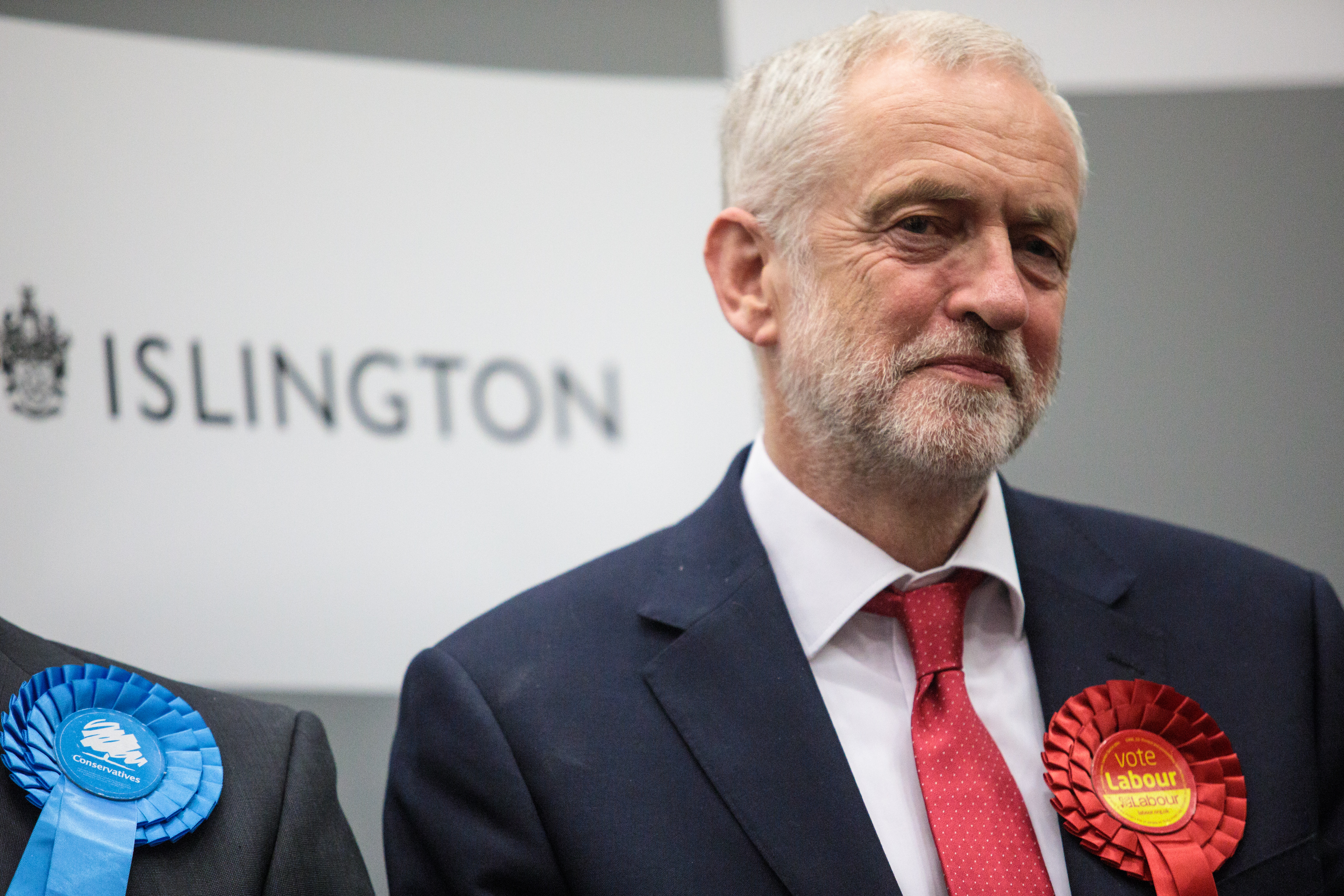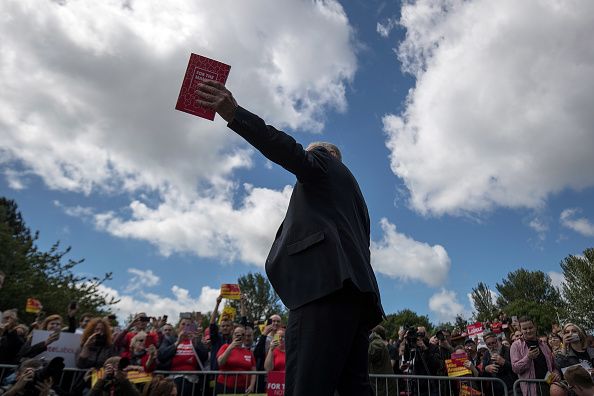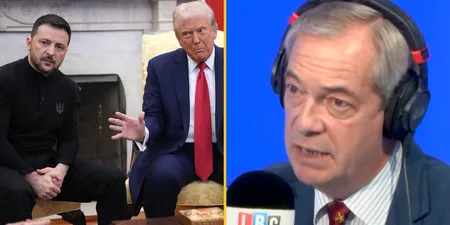This wasn’t meant to happen.
When Theresa May called a snap election on April 18, the Conservative Party were expected to come out of the general election with a clear majority. They were riding high in the opinion polls, while Labour appeared to be in the doldrums.
Jeremy Corbyn wasn’t widely popular among the general public, or even within his own party. Elements of the tabloid media certainly weren’t supporters of the Labour leader.
The party looked on course for their worst performance at the polls for a generation.
However, May’s campaign proved disastrous, filled with U-turns and a failure to connect with the electorate. The Tory manifesto was so underwhelming that the MP who wrote it, Ben Gummer, lost his seat.
Tory MP on BBC says the campaign was going swimmingly until they launched their manifesto.
Just going to leave that there
— Gavan Reilly (@gavreilly) June 9, 2017
Meanwhile, Corbyn defied expectations, proving very popular with younger voters. Labour’s manifesto, based on social justice and a plan to help beleaguered public services, resonated with the public, and brought out many who hadn’t previously voted.
It’s almost as if people were sick of austerity politics and being told ‘there’s no magic money tree’.
The Tories still have the most seats after Thursday’s general election, but their power has taken a hit, and May’s position is precarious. Meanwhile, Labour gained 31 seats and had their best performance at the polls since 1997, when Tony Blair took office.
They may be still in opposition when the dust settles, but Labour have undoubtedly came out of the 2017 election in a stronger position than they began. Corbyn’s position as leader of the party has been solidified, and it appears as though the party has permanently shifted to the left.
Corbyn’s rise can be summed in several ways. Just a few days ago, elements of the media were attempting to portray him as an out of touch, “Marxist extremist” that was intent on bankrupting Britain.
Instead, Labour’s ideas evidently connected with a significant amount of people.
THE SUN FRONT PAGE 'Don't chuck Britain in the Cor-bin' #skypapers pic.twitter.com/bzJOOvu1lT
— Sky News (@SkyNews) June 7, 2017
One story from 2015, in particular, sums up Corbyn’s rise from mocked outsider to the popular Labour leader.
When Ed Miliband resigned, following defeat in the 2015 general election, a leadership campaign was launched. Corbyn, then a backbencher, entered as a way to try push the party’s politics to the left, and no one expected him to beat any of the party’s more mainstream candidates.
The Labour leader faced a struggle just to be nominated, needing 35 signatures from party members to stand in the contest.
“An hour to go, we were in the high 20s and nowhere near,” John McDonnell, the shadow chancellor, told the Guardian. McDonnell admitted that he had to beg to a party member to nominate Corbyn.
“Then we got 32 and we got to 33 and we had five MPs that had promised us that if we got to 34 they would nominate. It got to 10 seconds and then two of them cracked. I admit I was in tears begging them.”
According to the Guardian:
“Corbyn’s loyal former staffer Cat Smith was one of those who had come to beg fellow MPs to put him on the ballot. In the final minutes, Smith spotted her fellow Lancashire MP Gordon Marsden as he approached the nominating table. Standing with McDonnell and Jon Lansman – a veteran Bennite and leader in the Campaign for Labour Party Democracy – Smith pleaded with Marsden: ‘Give us a contest, give us a chance, let us have a debate’.”
Corbyn made it onto the ballot paper and won the contest.
From begging for a place on the ballot, it now appears Corbyn has completely altered the party and successfully engaged with a politically-apathetic section of society.











































